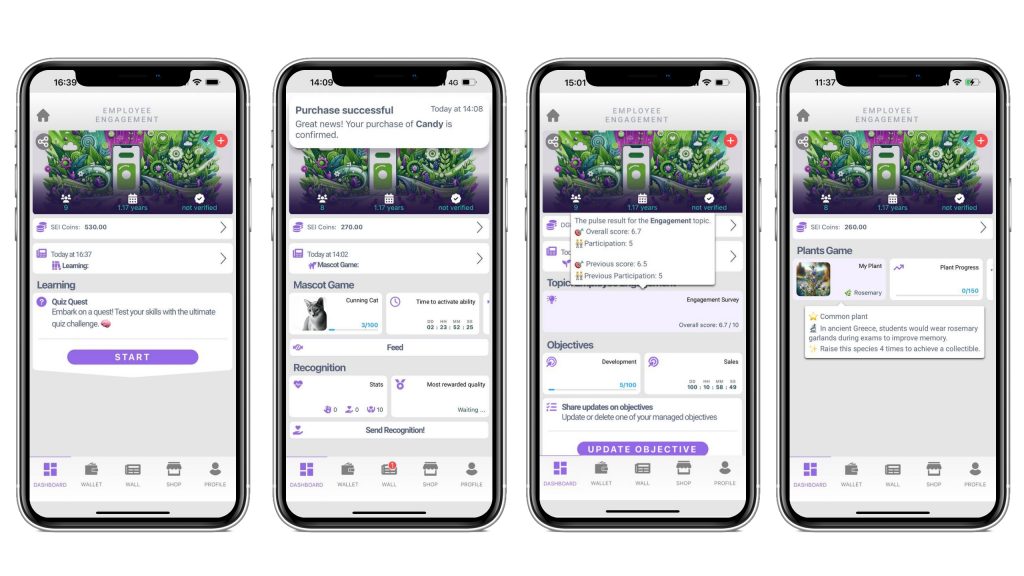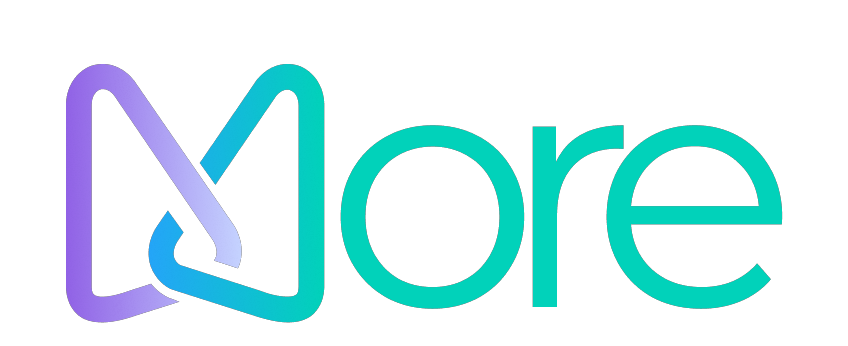In the ever-evolving corporate landscape, traditional training methods are rapidly being replaced by more engaging and effective solutions. Gamification has emerged as a powerful tool to enhance corporate training, driving better engagement, knowledge retention, and overall employee performance. Here’s a deep dive into how gamification is revolutionizing corporate training and why your organization should consider adopting it.
The Power of Gamification in Corporate Training
- Enhanced Engagement: Gamification transforms mundane training sessions into interactive and enjoyable experiences. By incorporating elements such as points, badges, leaderboards, and rewards, employees are more motivated to participate actively and complete their training modules.
- Improved Knowledge Retention: Interactive elements like gamified quizzes and story-driven learning help reinforce knowledge. Employees are more likely to remember and apply what they’ve learned when the training is fun and engaging.
- Personalized Learning Paths: Gamification allows for tailored learning experiences. Employees can progress through training at their own pace, with personalized goals and feedback, ensuring that they stay engaged and motivated.
- Real-Time Feedback and Progress Tracking: Gamified systems provide immediate feedback, helping employees identify areas for improvement and giving them a sense of achievement as they progress through the training.
Practical Applications of Gamification
- Onboarding New Employees: Gamification makes the onboarding process more interactive, helping new hires quickly get up to speed with company policies, culture, and their roles.
- Sales Training: Sales teams can benefit from gamified simulations and competitive games, which teach effective sales strategies and reward top performers.
- Compliance Training: Often seen as dry, compliance training can be made engaging with quizzes, points systems, and rewards, ensuring better understanding and adherence to company policies.
- Skill Development: Gamified learning modules and simulations help employees practice real-world scenarios, improving skills such as negotiation, leadership, and problem-solving.
Real-World Success Stories
- IBM: IBM used an alternate reality game to teach employees about modern social business tools. This initiative engaged employees both online and offline, enhancing their understanding and use of these tools in a collaborative environment (Gamification Co).
- Deloitte: Deloitte’s Leadership Academy integrated gamification into their training, resulting in a 37% increase in engagement and significantly reducing training costs. The use of leaderboards and badges motivated participants to complete their training and improve their skills (Big Think).
- Domino’s: The international pizza chain Domino’s implemented gamified training to improve employee skills and engagement. This approach led to increased staff motivation by 83% and boosted engagement by 60%, demonstrating the effectiveness of gamification in corporate training (eLearning Learning).
Best Practices for Implementing Gamification
- Define Clear Objectives: Establish what you aim to achieve with gamification, such as improving skills or boosting knowledge retention.
- Understand Your Audience: Tailor your gamification strategy to match the learning preferences of your employees.
- Incorporate a Variety of Game Elements: Use points, badges, leaderboards, and narrative-driven challenges to keep the training dynamic and engaging.
- Provide Continuous Feedback and Rewards: Recognize and reward employees for their progress, and use feedback to refine and improve the training experience.
- Measure the Impact: Track relevant metrics to assess the effectiveness of gamified training and ensure it delivers a strong return on investment.
Meet More Gamification: Your Partner in 2024
As we move into 2024, leveraging innovative tools and strategies is essential for retaining frontline employees. More Gamification is an app designed to boost employee engagement and retention through gamification. Here’s how More can help:
- Interactive Training Programs: More provides gamified training modules that make learning enjoyable and effective. Employees can earn points, badges, and rewards for completing training sessions, enhancing their skills and job satisfaction.
- Performance Tracking and Feedback: The app includes real-time performance tracking and feedback features. Employees can monitor their progress, set goals, and receive immediate feedback, helping them stay motivated and aligned with company objectives.
- Recognition and Rewards: More’s gamification system recognizes and rewards employees for their achievements and milestones. This continuous recognition fosters a positive work environment and encourages employees to strive for excellence.
- Community Building: More facilitates social interactions and teamwork through collaborative challenges and competitions. Building a sense of community and belonging can significantly improve employee morale and retention.

By partnering with More Gamification, companies can create an engaging and supportive work environment that not only retains frontline employees but also drives their productivity and satisfaction. Embrace the power of gamification in 2024 and see the transformative impact it can have on your workforce. Find out more and try the app for free here: https://www.moregamification.com/employee-engagement/
Conclusion
Gamification in corporate training is not just a fleeting trend but a cornerstone of modern employee development strategies. It enhances engagement, improves knowledge retention, and boosts overall employee performance. By implementing gamification, companies can create a dynamic and effective learning environment that prepares employees to excel in their roles. Invest in gamification and watch your training programs transform in 2024.


